Big cats, including majestic species like lions, tigers, leopards, and cheetahs, have long captured human fascination. This allure has contributed to a thriving industry of wildlife tourism. While these encounters can offer awe-inspiring moments and foster appreciation for these incredible animals, the impact of human tourism on big cats in the wild is not straightforward. It encompasses a spectrum of effects, both positive and negative. By understanding these impacts, we can strive toward more sustainable interactions with these top predators.
Economic Benefits of Wildlife Tourism
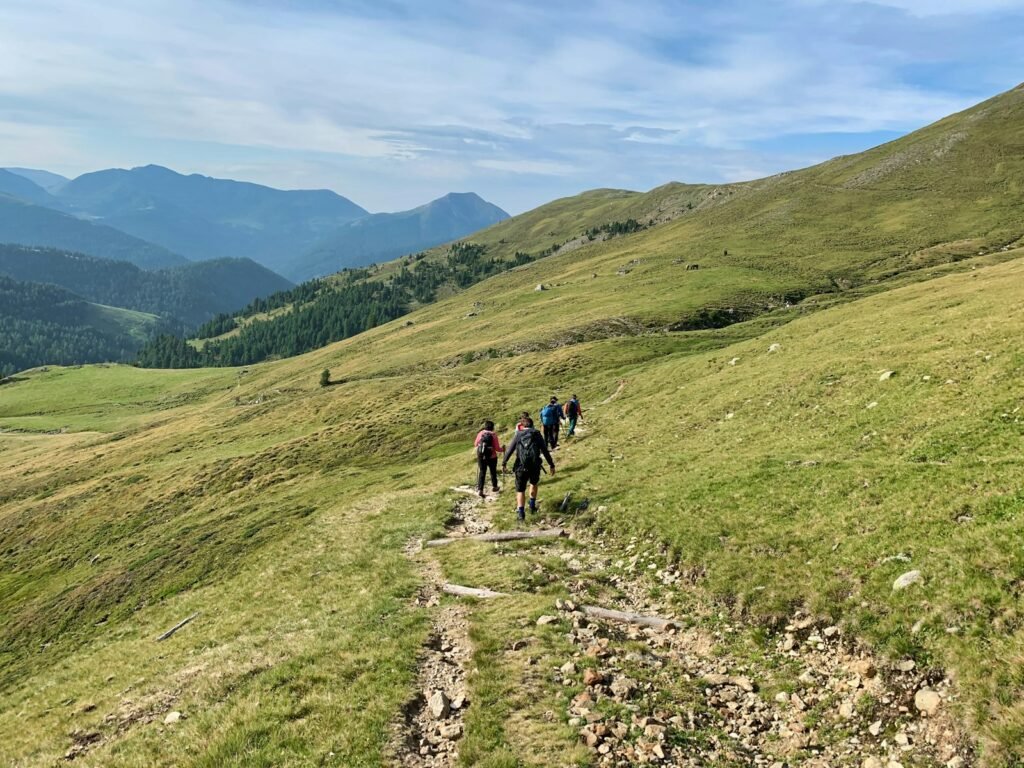
Wildlife tourism generates significant economic benefits for many countries. Tourist dollars contribute to national and local economies, funding conservation efforts and providing livelihoods for local communities. By turning big cats into a source of income, tourism can generate incentives to maintain habitats and populations in the wild. In several countries, entrance fees and tour expenses directly support protected reserves and anti-poaching initiatives.
The Dark Side: Stress and Disruption
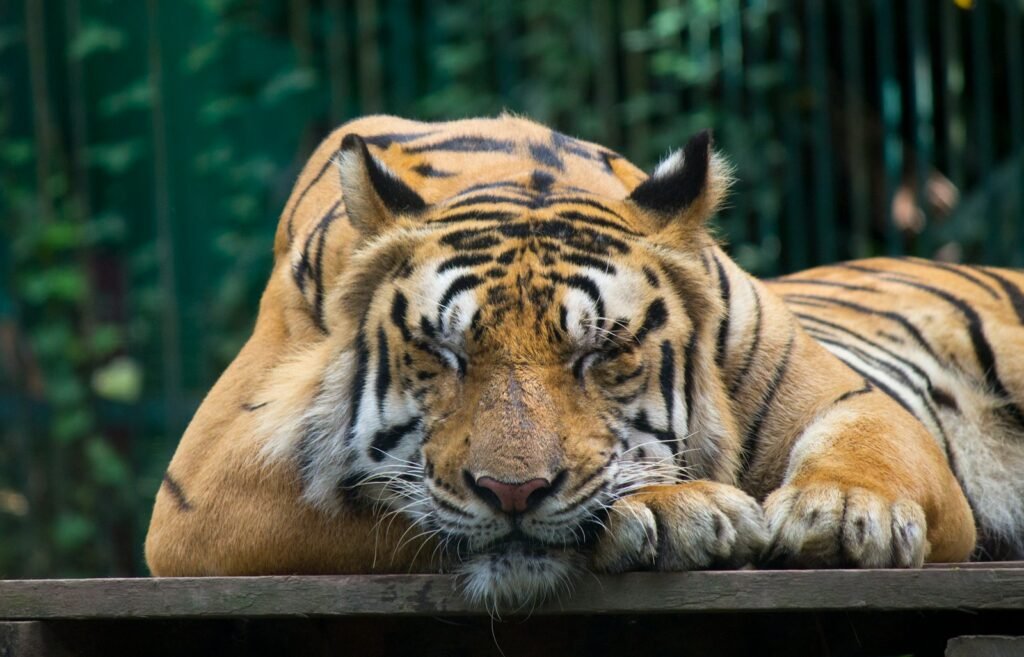
Despite the economic advantages, the presence of tourists can be a source of stress and disruption for big cats. Human activity, noisy vehicles, and crowded observation points can interfere with natural behaviors, including hunting and mating. Excessive human presence can push big cats away from prime habitats, impacting their ability to find food and reproduce efficiently, which can ultimately lead to population declines.
Impact on Hunting and Feeding Habits
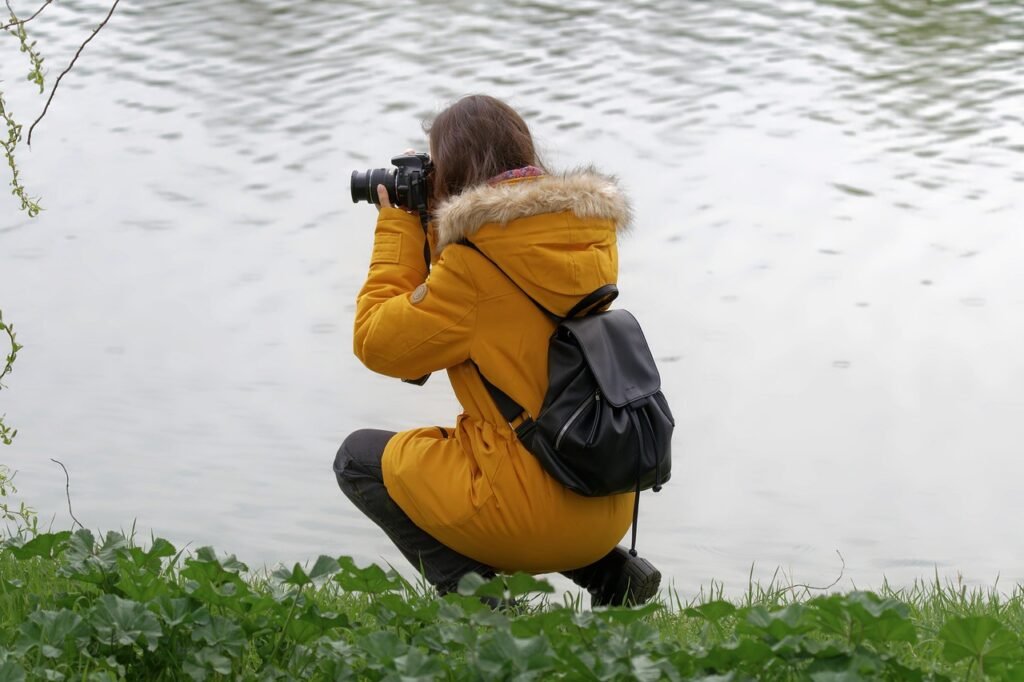
Big cats are carnivores relying on specific habitats and hunting practices. Tourism can alter their hunting routines by forcing them to adjust their activity patterns, becoming more nocturnal to avoid humans. Increased human presence can also diminish prey availability, affecting food intake and potentially leading to malnutrition or starvation in extreme cases.
Breeding and Social Structure Disruption
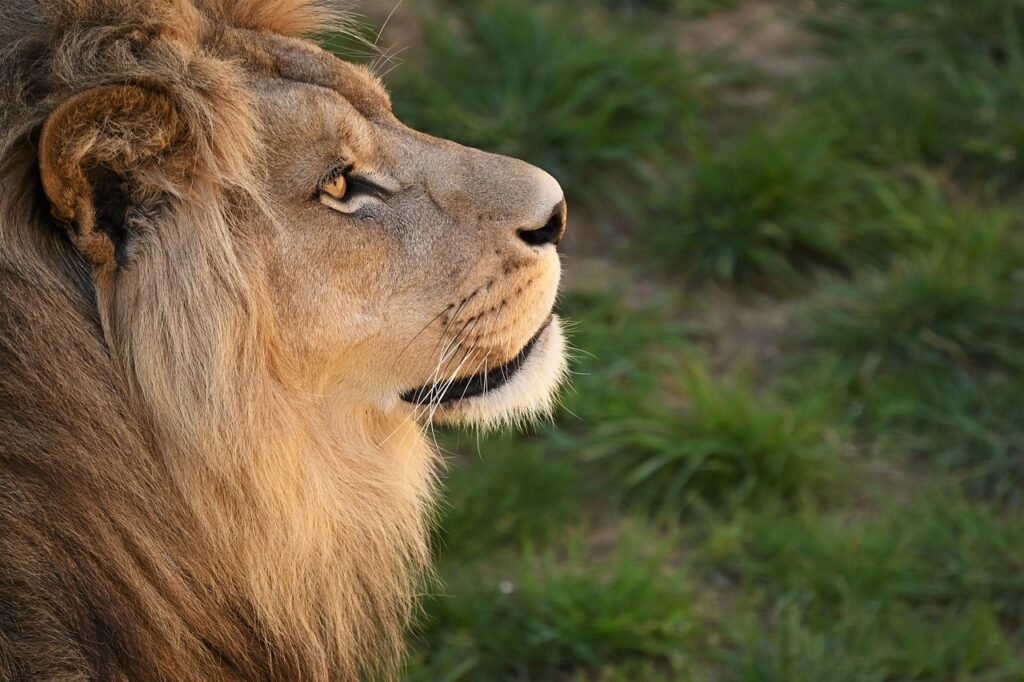
Loud noises and constant disturbances can interfere with breeding activities and alter social structures in big cat populations. For instance, pride dynamics in lions may be affected, as dominant individuals may become more defensive or aggressive due to stress, changing the group’s overall social structure and dynamics.
Increased Human-Wildlife Conflict

Tourism can inadvertently increase the risk of human-wildlife conflict. As humans encroach on territories or incorrectly dispose of waste, big cats might be drawn closer to human settlements, raising the likelihood of conflict. These situations often tragically end with the killing or relocation of big cats.
Disease Transmission Risks

Closer contact between humans and big cats increases the risk of disease transmission. Pathogens can jump between humans, domestic animals, and wildlife, resulting in outbreaks that can decimate big cat populations. Such interactions emphasize the importance of responsible tourism practices, including maintaining a safe distance and following sanitation protocols.
The Role of Ethical Wildlife Tourism
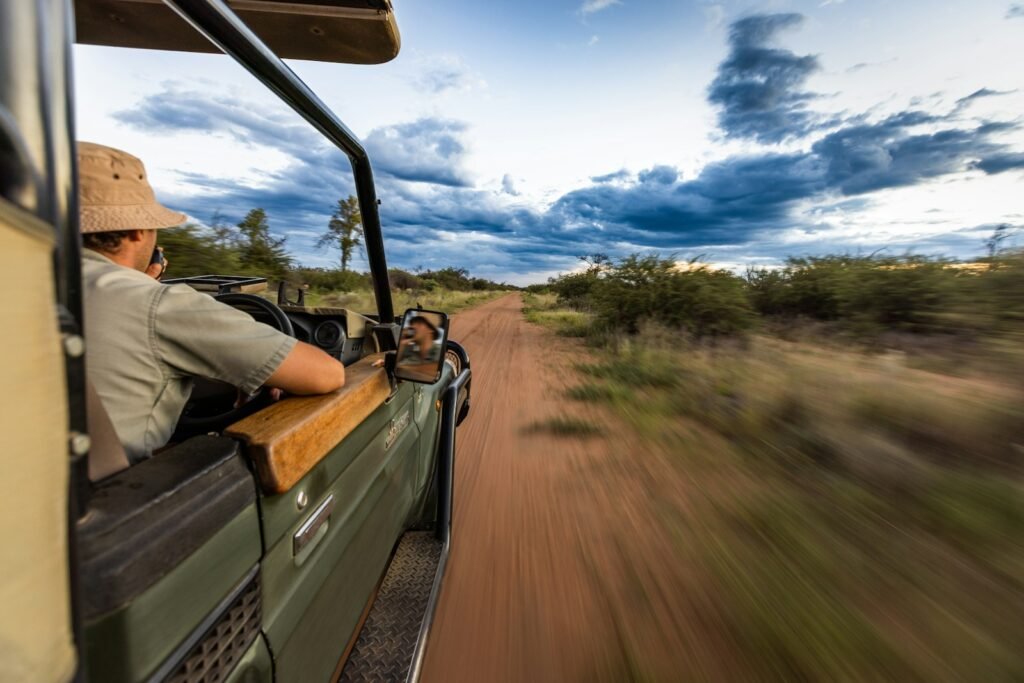
Ethical wildlife tourism seeks to minimize the negative impacts of tourism on big cats by promoting respectful observation and conservation education. Properly managed tours with experienced guides can enhance public awareness of big cats’ ecological roles and conservation needs, paving the way for more informed tourists and advocates.
Conservation and Research Funding

Tourism can help fund essential conservation research and habitat protection initiatives. Many reserves and organizations reinvest tourist revenue into scientific studies that enhance understanding of big cat ecology, further informing conservation strategies. This funding is crucial for developing effective management plans to ensure the survival of these species.
Guidelines for Responsible Tourism

Responsible tourism requires adherence to guidelines that protect wildlife. This includes maintaining safe distances, avoiding interference with natural behaviors, and choosing tour operators that prioritize sustainability and conservation. Tourist education on minimizing footprints and respecting wildlife territories is paramount for reducing adverse impacts.
Conclusion: Striking a Balance
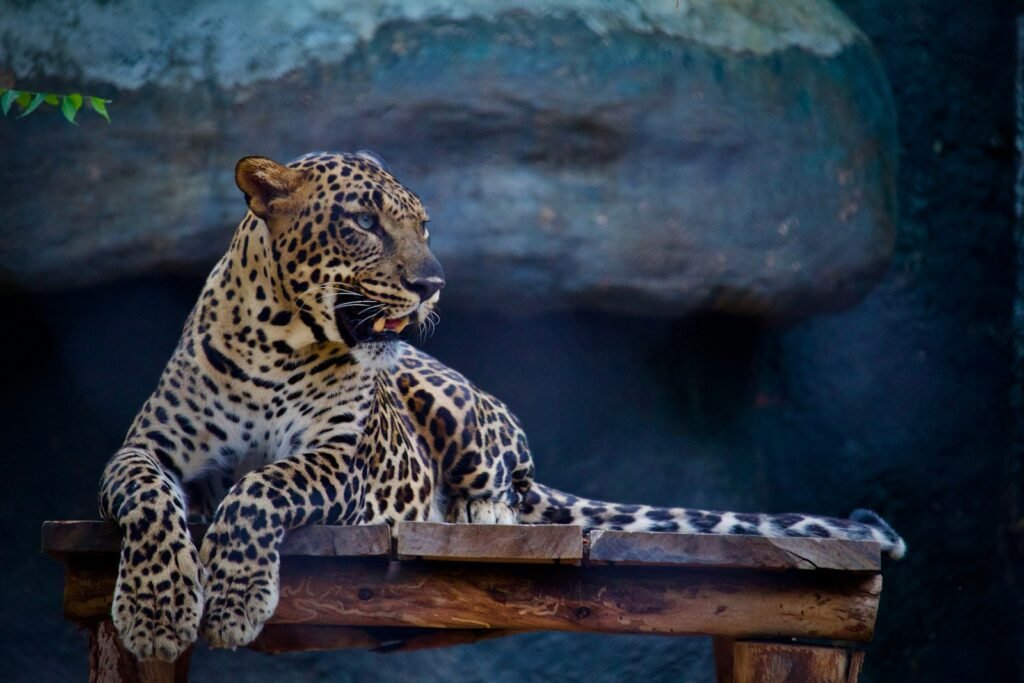
Tourism’s impact on big cats in the wild presents a complex intertwining of benefits and challenges. While it provides significant economic and educational advantages, there’s potential for considerable harm in the absence of responsible practices. Effective management strategies, combined with conscious efforts by tourists and operators, can help minimize negative impacts, allowing people to continue marveling at these incredible animals while ensuring their protection for future generations.

Growing up traveling and experiencing new cultures and wonders, I have had a passion for nature, adventuring, photography, and videography. I am currently working towards a BSc in Biodiversity and Ecology at Stellenbosch University, and I hope to specialise in Marine Sciences one day.
Please send any feedback to Feedback@animalsaroundtheglobe.com






